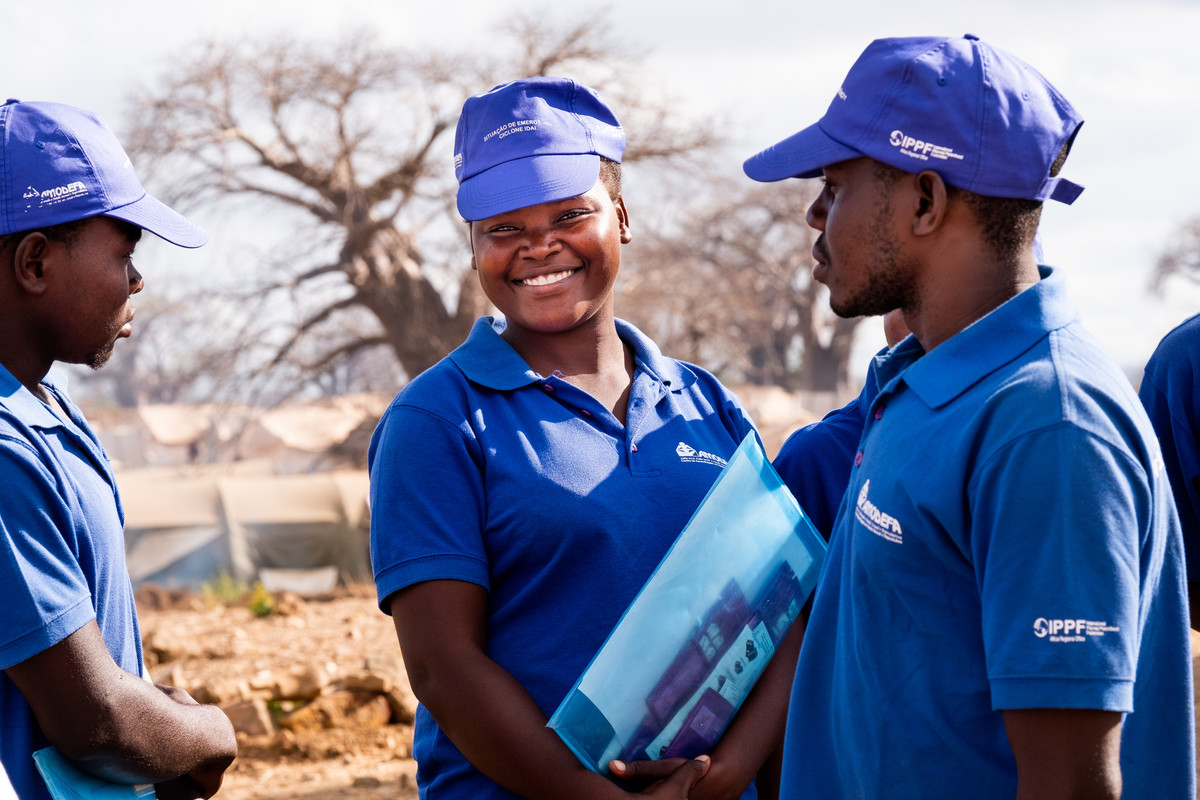Back when I used to deliver sex education workshops in schools, I always made time for anonymous questions at the end of a session. This gave students the chance to write down any questions which weren’t answered in the workshop, and I would try to respond to each one as honestly and accurately as possible.
A question I had more than once was some variation on “why do people have sex?” What a great question! And what a difficult question to answer in only a few minutes! There are SO many reasons people have sex – relating to love and intimacy, but also boredom, peer pressure, to earn money or to feel physical pleasure, the list goes on and on!
Asking young people themselves to think about the reasons people might have sex (and choose not to have sex) can be a useful way to start discussing important issues like consent and communication, and to engage positively with sexual health and wellbeing.
For many of us, sex education was limited to confusing textbook diagrams of ovaries and testes, with the general message that ‘sex’ leads to pregnancy and is generally something to avoid (until you’re married). But this limited picture of sex as a ‘baby-making activity’ doesn’t match up to real life.
In fact, most of the sexual acts taking place around the world are not intended to end in pregnancy – first of all, not everybody is having ‘penis in vagina sex’ and many of those who do are using contraceptive methods to try to prevent pregnancy (or would like to, but have an ‘unmet need’).
By framing sex only as vaginal intercourse, and by presenting it as something which leads only to unwanted pregnancy and infections, we do young people a disservice. We ignore diversities of pleasure, gender, sexual orientation, and crucially, in an educational environment, we are going to lose young people’s interest and engagement.
Young people around the world tell us time and time again that sexuality education is often the one place they can get reliable and accurate information about sex – many do not want to or are not able to speak to parents, and as we know, searching for information about sex online may not always lead to evidence-based and non-stigmatising sources!
A recent survey of over 1000 young women in Australia showed that the majority had not learnt anything from their sex education classes that had helped them when dealing with sex and respectful relationships, 90% learnt nothing about LGBT sexuality and relationships and 74% did not learn about pleasure. We clearly still have a way to go to deliver sexuality education which is fit for young people’s needs and realities.
Today, IPPF launches two new, exciting publications, one which provides the rationale for ensuring comprehensive sexuality education (CSE) does not neglect positive discussions of sexuality, and the other which provides tips on how to do this in practice.
Young people have a right to good quality, relevant education about their sexual and reproductive health and wellbeing. As the World Health Organization makes clear, being ‘sexually healthy’ isn’t just about being free from sexually transmitted infections or other physical dysfunction but also “the possibility of having pleasurable and safe sexual experiences, free of coercion, discrimination and violence”.
To truly engage young people with issues such as gender and power, relationships, consent and condom use, we can’t ignore sex and sexuality. The ‘sex-positive’ approach put forward in these two guidance documents does not ignore potentially negative aspects of sex, and the very real problems of sexual violence and potential health risks young people face, but rather opens up an honest discussion about what ‘good’ and ‘bad’ sexual experiences look like. Young people need the confidence and self-efficacy not just to say no to sexual activity they don’t want, but to say yes to sexual activity they do want, when they are ready.
We hope that these resources will spark wider conversations about what ‘sex-positive’ CSE looks like in different contexts, and how CSE can help young people to think critically about gendered norms about sexuality and empower them to engage in happy, healthy relationships and to have fulfilling and consensual sexual experiences.
when
Blog Series
Youth voices
Subject
Comprehensive Sex Education









